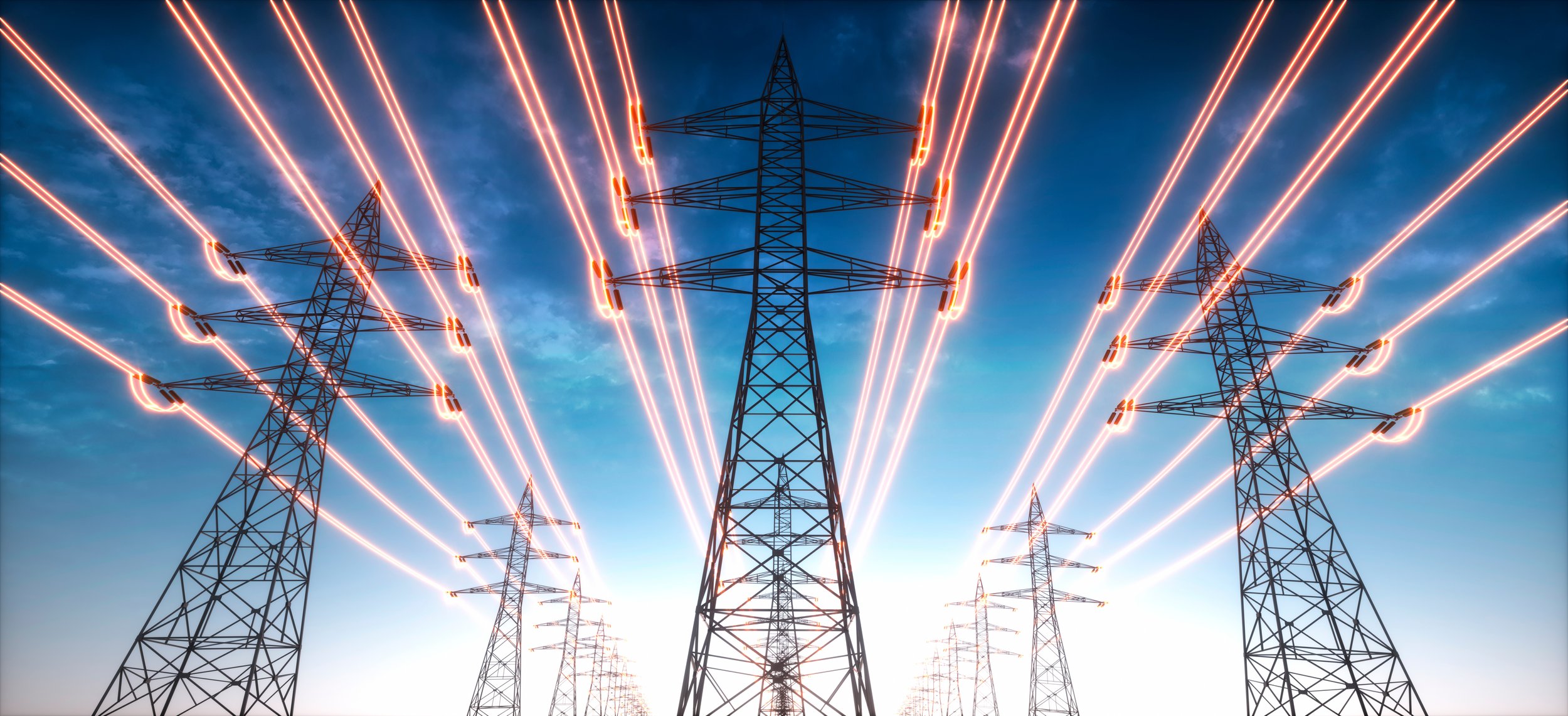VPP INTELLIGENCE Hub
If you have news updates to share please contact us.
What is a virtual power plant?
A virtual power plant is a network of energy devices, like rooftop solar, batteries and EVs, that are pooled together to serve the grid. With participants approval the devices can be called on by system operators to share, reduce and store electricity. VPPs are capital and cost-efficient choice for utilities, creating new revenue streams that also benefit consumers, while reducing the overall cost of the electricity system.
Latest news
Latest Research
recent Explainers
library
Tags
- Africa
- Asia
- Australia
- Battery Storage
- COP
- Canada
- China
- Commercial & Industrial
- Costa Rica
- DSR
- Demand-side
- Domestic
- E-mobility
- EV
- Energy
- Europe
- Global
- Hawaii
- Honduras
- International
- Ireland
- Japan
- Latin America
- Middle East
- New Zealand
- Nigeria
- North America
- Renewable Energy
- Residential
- South America
- Taiwan
- Transport
- Turkey
- UAE
- USA
- United Kingdom
- Utilities
- VPPs
- Vietnam
- Zimbabwe
- ancillary services
- data
- energy management
- energy storage
- flexibility
- microgrid
- rooftop solar
- software
- solar pv
Categories
Solar households in virtual power plants a part of 'Australia's electricity future'
Australian households equipped with solar panels are increasingly contributing their surplus energy to Virtual Power Plants (VPPs), enhancing grid stability and efficiency. By integrating these decentralised energy sources, VPPs optimise electricity distribution and bolster the nation’s renewable energy infrastructure.
Smart grid firm lands $86 million to develop VPPs and help customers load match renewables
Irish-based smart grid technology company GridBeyond says it has raised €52.25 million ($A86 million) in a new funding round that will help it expand its virtual power plant business, including in Australia, and help customers match load with green energy output.
Virtual Power Plants, Purpose-built for Australia
In the dynamic Australian energy market, VPPs are playing a pivotal role in unlocking new revenue streams while providing grid support by balancing supply and demand.
Origin’s virtual power plant now as big as a coal power station
Origin Energy has claimed bragging rights over rival AGL for the largest virtual power plant in Australia – and perhaps the world – as it outlines the strategies it is deploying to manage the rising shares of intermittent wind and solar energy in the grid.
500 South Australian households are set to go energy-smart
By testing energy use in multiple homes in a real world setting ARENA hopes to unlock the potential of smart homes.
UTS – Flexible Demand State of Play in Australia – Report
This report presents a high-level summary of the demand flexibility initiatives currently underway in Australia; outlinig four key pathways operating to incentivise demand-side participation. The report overlays this information on the ARENA-funded and external trials in detailed charts and tables.
Western Power – Project Symphony – Pilot Results and Recommendations
Project Symphony’s final report presents the 18 recommendations found whilst assessing the viability of DER orchestration. These actionable recommendations are highlighted through the framework of four ‘pillars’. This being Technical, Customer, Value, and Policy & Regulation.
Car batteries can optimize the power grid
Australian researchers have found that if 10% of vehicles are electric and utilize V2G connections, they could reduce peak electricity demand at local substations by 6% and save car owners hundreds of dollars per year on charging costs.
Virtual Power Plant (VPP) market is projected to grow at a CAGR of 21.1% by 2034: Visiongain
Visiongain has published a new report entitled Virtual Power Plant (VPP) Market Report 2024-2034: Forecasts by Component (Software, Hardware), by Technology (Demand Response VPP, Distributed Generation VPP, Mixed Asset VPP), by End-user (Residential, Commercial, Industrial, Utility), by Generation Source (Solar PV, Wind Power, Combined Heat and Power (CHP) Units, Energy Storage Systems, Other) AND Regional and Leading National Market Analysis PLUS Analysis of Leading Companies AND COVID-19 Impact and Recovery Pattern Analysis.
'Virtual power plants' smashing electricity bills | A Current Affair
How 'virtual power plants' are smashing electricity bills in Australia.
IEEFA: Virtual power plants are the future of electricity retailing
As Australia surpasses three million rooftop solar installations, households looking to buy a battery storage system or electric vehicle can be part of a new kind of power plant bringing about faster, cheaper decarbonisation. In the future, so-called ‘virtual power plants’ that harvest distributed renewable electricity and demand response will play a major role, says a new report from the Institute for Energy Economics and Financial Analysis (IEEFA).
Eraring battery to be built in two stages, as Origin targets 2GW virtual power plant
Origin Energy says it will build the massive Eraring battery over two stages, and is also aiming to grow its in-house “virtual power plant” to 2GW or more to provide a “very low cost” replacement for the country’s biggest coal generator.
What Is the State of Virtual Power Plants in Australia?
VPPs have been lauded as a major part of the future energy mix in the Australian National Electricity Market (NEM). When the Australian Energy Market Operator (AEMO) announced its VPP demonstrations project in 2019, AEMO predicted there could be 700MW of VPPs by 2022.
















































